

STYLE/DESIGN
Q&A with Abasi Rosborough
Nothing in their backgrounds would give one the impression that Abdul Abasi and Greg Rosborough, founders of the New York–based clothing label Abasi Rosborough, were destined to become fashion designers. Though the two met at the Fashion Institute of Technology in New York in 2006, they each came to menswear from a rather circuitous path. After high school Abdul joined the U.S. Army, where he worked on Apache attack helicopter–systems’ repair. Greg played sports throughout his youth—his father was a basketball coach—and majored in business as an undergrad at the University of Arizona. After graduation from FIT, Abdul began working for Engineered Garments, and Greg started at Polo Ralph Lauren, but as the two made their way up in the industry, they would often get together to discuss their own ideas about design. Eventually these meetings blossomed into a forward-thinking, super functional line of clothing with advanced tailoring and ergonomic construction that allows for full body movements. With Abasi Rosborough’s debut fall/winter 2013 collection, which is being carried exclusively by Japanese retailer Isetan, and increasing interest from other stockists, the future looks bright for the brand. Diego Hadis met with Abdul and Greg to learn more about it.
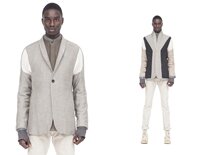
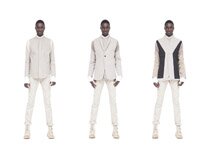
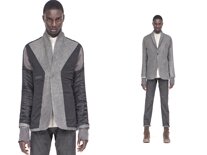
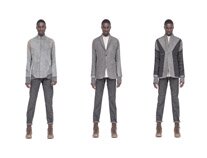
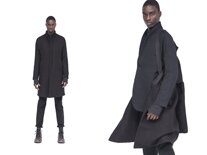
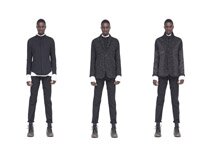
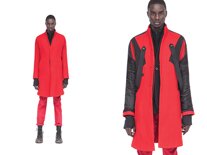
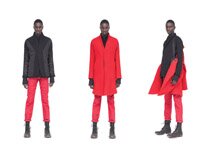
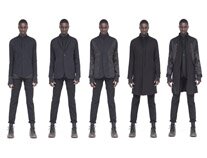
RSS Feed